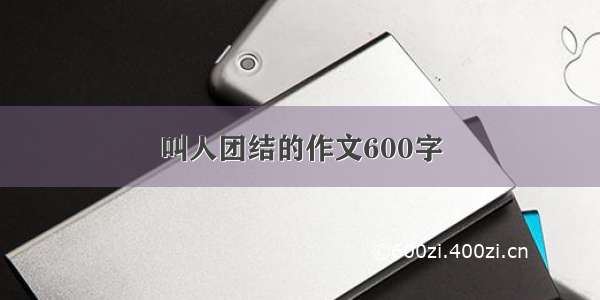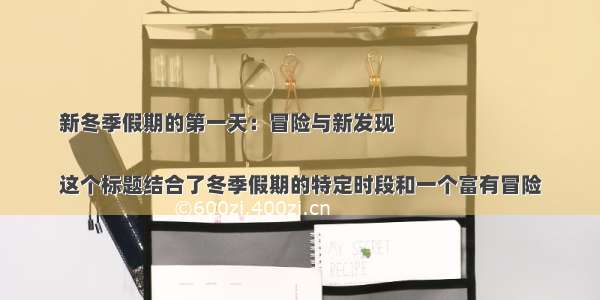
当支付宝(当面付)开始用超声波进行近距离的小数据量通讯时,我就感慨,这真是一个伟大的而又令人敬佩的发明!因为它完全不需要额外的硬件支持!
后来微信将超声波通讯应用到了“雷达找朋友”,腾讯总是善于学习且发现的,也很令人敬佩。
而今天,微软甚至将超声波技术用到了手势识别上!下面的链接对此详细描述!
/compare/286069
利用声波实现手势识别
从高中物理课本中的“多普勒效应”我们知道当波源在运动时观察者感受到波的频率是变化的,救护车的鸣笛声就是一个很好的例子,你也许没有想到过利用“多普勒效应”来控制电脑吧。
利用“多普勒效应”来控制电脑?你没有听错,位于华盛顿州雷德蒙德市的软件巨头微软研究院就正在做这件事情。“手势控制”技术变得越来越常见,实际上这种技术已经运用到某些电视上了。当其它“动作感应"技术(微软的Kinect)还停留在利用摄像机来感知动作的阶段,SoundWave则是利用“多普勒效应”结合某些智能软件以及笔记本内建的扬声器和麦克风来实现这一点。
作为微软研究院首席研究员以及SoundWave研究小组成员之一的Desney Tan说到利用SoundWave技术已经能感知一些简单的动作了,随着智能手机和笔记本配备多个扬声器和麦克风,SoundWave技术将会变得更高效。由微软研究院和华盛顿大学共同研究的SoundWave技术成果将在德克萨斯州奥斯汀市的 ACM SIGCHI Conference大会的Human Factors部分展示出来。
SoundWave这个点子是去年夏天产生的,当时Desney和其他人正在做一个项目,需要用到超声换能器(能发射和接收超声波)来产生触觉,其中一个研究员发现当他四处走动的时候声波发生了奇怪的波动。超声换能器发射出的超声波从他身上弹开,他的动作改变了超声波的频率,在示波器上面就体现出来了。
研究院们很快意识到这个现象可能对动作感应有用。由于许多设备已经配备了扬声器和麦克风,他们又做了实验想要弄清楚能否利用现有的传感器来检感知动作。Desney Tan 说:”标准电脑的扬声器和麦克风在超声波(人类无法听到)中依然可以正常使用的,这就意味着你只需要一个笔记本或者装有SoundWave软件的智能手机“
来自卡梅隆大学的Chris Harrison,他是研究”感官用户接口“的,他说SoundWave如果配合现有的软硬件将是一项巨大的发明。
”我认为SoundWave还是有一些潜力的“他说。
一台装有SoundWave电脑的扬声器发射出介于20KHZ~22KHZ之间的恒定频率的超声波。如果当时周围环境中没有什么东西在移动,那么麦克风接收到的的频率也应该是恒定的。但是如果有东西向着电脑的方向移动,麦克风接收到的的频率就会升高,反之则会降低。
相关的数学模型物理模型已经有了,Tan说到,所以基于频率我们可以用来分析出到底运动物体有多大、物体运动有多快以及它的方向。通过以上几个数据SoundWave就可以实现动作识别了。
SoundWave准确性徘徊在90%左右,Tan说到,而且在用户作出动作和计算机回应用户动作这段时间内并没有很明显的延迟。当扬声器在处理其他的一些事情的时候SoundWave依然可以使用。
目前,SoundWave研究小组已经想出了一组动作,包括上下晃动手掌、手接近或者远离电脑、弯曲你的四肢、身体接近或者远离电脑。有了以上动作,研究员们可以实现滚动网页、一些简单的网络导航以及当用户接近电脑时自动唤醒,远离电脑时切换到休眠状态,Tand如是说。
Harrison认为最好能控制下动作的数量,因为用户要记住那么多动作可不是一件容易的事情。SoundWave小组还研发了一组动作来玩俄罗斯方块,这样既能娱乐又能测试SoundWave的准确性和速度。
Tan希望SoundWave能够和其它一些动作识别技术协同工作。他说道SoundWave不用考虑光线的问题而基于视觉的动作识别技术却不行, SoundWave对于一些细微的动作识别不是很在行比如捏手指之类的。”理论上讲全世界有各种各样的识别器,用户不会在乎这些识别器是什么,他们只关心识别器能否帮助他们解决问题“,Tan这样说道。
only sound—thanks to the Doppler Effect, some clever
software, and the built-in speakers and microphone on a laptop.
Desney Tan,
a Microsoft Research principal researcher and member of the SoundWave
team, says the technology can already be used to sense a number of
simple gestures, and with smart phones and laptops starting to include
multiple speakers and microphones, the technology could become even more
sensitive. SoundWave—a collaboration between Microsoft Research and the
University of Washington—will be presented this week in a paper at the ACM SIGCHI Conference on Human Factors in Computing in Austin, Texas.
The idea for SoundWave emerged last summer, when Desney and others
were working on a project involving using ultrasonic transducers to
create haptic effects, and one researcher noticed a sound wave changing
in a surprising way as he moved his body around. The transducers were
emitting an ultrasonic sound wave that was bouncing off researchers’
bodies, and their movements changed the tone of the sound that was
picked up, and the sound wave they viewed on the back end.
The researchers quickly determined that this could be useful for
gesture sensing. And since many devices already have microphones and
speakers embedded, they experimented to see if they could use those
existing sensors to detect movements. Tan says standard computer
speakers and microphones can operate in the ultrasonic band—beyond what
humans can hear—which means all SoundWave has to do to make its
technology work on your laptop or smart phone is load it up with
SoundWave software.
Chris Harrison, a graduate student at Carnegie Mellon University who
studies sensing for user interfaces, calls SoundWave’s ability to
operate with existing hardware and a software update “a huge win.”
“I think it has some interesting potential,” he says.
The speakers on a computer equipped with SoundWave software emit a
constant ultrasonic tone of between 20 and 22 kilohertz. If nothing in
the immediate environment is moving, the tone the computer’s microphone
hears should also be constant. But if something is moving toward the
computer, that tone will shift to a higher frequency. If it’s moving
away, the tone will shift to a lower frequency.
This happens in predictable patterns, Tan says, so the frequencies
can be analyzed to determine how big the moving object is, how fast it’s
moving, and the direction it’s going. Based on all that, SoundWave can
infer gestures.
The software’s accuracy hovers in the 90 percent range, Tan says, and
there isn’t a noticeable delay between when a user makes a gesture and
the computer’s response. And SoundWave can operate while you’re using
the speakers for other things, too.
So far, the SoundWave team has come up with a range of movements that
its software can understand, including swiping your hand up or down,
moving it toward or away from your body, flexing your limbs, or moving
your entire body closer to or farther away from the computer. With these
gestures, researchers are able to scroll through pages on a computer
screen and control simple Web navigation. Sensing when a user approaches
a computer or walks away from it could be used to automatically wake it
up or put it to sleep, Tan says.
Harrison thinks that having a limited number of gestures is fine,
especially since users will have to memorize them. The SoundWave team
has also used its technology to control a game of Tetris, which, aside
from being fun, provided a good test of the system’s accuracy and speed.
Tan envisions SoundWave working alongside other gesture-sensing
technologies, saying that while it doesn’t face the lighting issues that
vision-based technologies do, it’s not as good at sensing small
gestures like a pinch of the fingers. “Ideally there are lots of sensors
around the world, and the user doesn’t know or care what the sensors
are, they’re just interacting with their tasks,” he says.















